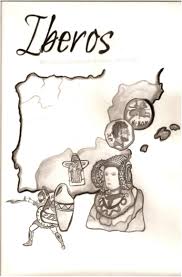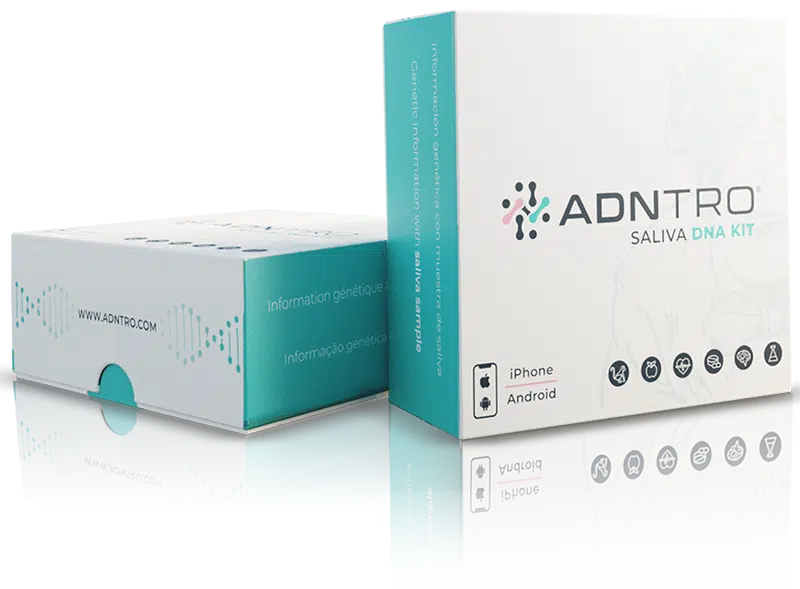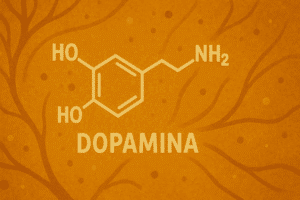Introduction to Iberian ethnicity
Then the word Iberia was used to refer to a mythic place where Heracles performed his eleventh labour in the Garden of the Hesperides, a well-known region with a lot of gold mines. This region was named too after the Iber river, located aproximately in the current Huelva (southeast of Spain), and to refer to the different peoples who lived in this region (the Iberians, who were seen from the Greek sight as a unitary folk, with shared traditions and ways of life).
There the term referred to the place where Heracles performed his eleventh labor in the Garden of the Hesperides, a place famous for the richness of its gold mines. A region located around present-day Huelva and was used to refer to the surrounding territory of the Íber river and its inhabitants, the Iberians, a group of peoples of different political nature but united in the eyes of the Greeks by shared customs and ways of life.
As centuries pass by, the Greeks would explore the rest of the Peninsula, and so the concept would change, from the 5th century BC when the word only named a small region, to the 1st century BC, when greek geographer Estrabon would use the word Iberia to refer to the whole Peninsula. And so, this concept would remain as far as today, when we use the word to refer Spain, Portugal and Gibraltar.

The formation of the Iberian group
The Iberian ethnic group, genetically speaking, was shaped chiefly during the first 1200 years of our era.
Celtiberian and Iberian native peoples from the Peninsula, who had dwelled in the peninsula from centuries before, lived a long process of mixing and living with different european folks:
- Romans, first through the military campaigns against them; then through the colonization and migration into the Peninsula.
- After the Roman rule and during the first centuries of our era, different peoples from Central Europe, as Vandals and Visigoths, settled in the until-then roman Iberia.
- And finally, berber and arab groups from North Africa would conquer and settle in the Peninsula during more than 5 centuries.
And so it would be in the Middle Age and under the first muslim governments, between 726-1120, when we find the key element in the Iberian genetic group conformation.
A group marked with the strong footprint that the mentioned north-african groups had in the Iberian genetic history by living and mixing with the previous inhabitants.
Migratory flow
Although there is a strong absence of statistics when we speak of a time in which there were no censuses and the different kingdoms and administrations in the Peninsula worked in such a different way, we can say that the 16th century lived a huge migration.
And so although quite big groups of human capital, particularly French, migrated to the Peninsula, there were far more Iberian migrants who voluntary went abroad in search of a better life. Just in the first 15 years from Columbus expedition, around 1500, more than 15.000 Iberians went to America.
The different wars that had place in Europe in the 16th, 17th and 18th centuries, in which the Hispanic Monarchy had an important rol, mobilized a lot of spanish soldiers, some of who would settle in the different kingdoms that Habsburg´s Crown owned: north of Italy, Central Europe counties, Flandes.
Likewise, the different wars that shook Europe in the 16th, 17th and 18th centuries and in which the Hispanic Monarchy participated so actively, meant a mobilization of Castilian soldiers, many of whom settled in the different kingdoms that belonged to the Austrian Crown: northern Italy, Central European counties, and Flanders.
After the 18th century
In the other hand, migration to America has been the most important event, genetically speaking, since 16th century. Spanish emigration in the first 20 years of the 20th century involved 2 million persons who landfalled in Argentina, Uruguay, Chile, Brasil and Cuba.
Only Argentina would welcome 4 million people between 1870 and 1930. In Brasil, a huge amount of people travelled to build a new life, specially after the abolition of slavery and the opening of a labour market to new charachters, also as a refuge against the political instability and Salazar dictatorship.
The Spanish Civil War made 140.000 exiles escape to France, where they didn´t have a warm welcome, and so there were three options: to go back to Spain and suffer the repression: to stay in France, and so in a few years suffer the II World War; or to go to America, where most refugees would settle, mainly in Mexico and Argentina.
Do you want to know if your DNA is similar to Iberians? Curious to know more about other ethnicities? Find out in ADNTRO. It will not leave you indifferent.
Do you want to know if your DNA is similar to the Iberian ethnicity? Are you curious to know more about other ethnicities? Find out with the dna origin test of ADNTRO or by upload your RAW DNA data. It will not leave you indifferent.
Bibliographic references
- Bycroft, C., Fernandez-Rozadilla, C., Ruiz-Ponte, C., and Ruiz-Ponte, C., respectively. et al. "Patterns of genetic differentiation and the footprints of historical migrations in the Iberian Peninsula". Nature Communications 10, 551 (2019). https://doi.org/10.1038/s41467-018-08272-w
- Domínguez Monedero, Adolfo J. "Los términos Iberia e íberos en las fuentes grecolatinas: estudio acerca de su origen y ámbito de aplicación". Lucentum Nº 2 (1983): pp. 203-224.
- García Cárcel, Ricardo (coord.). History of Spain. Sixteenth and seventeenth centuries. Hapsburg Spain. Cátedra, Madrid, 2003.
- García Cárcel, Ricardo (coord.). History of Spain. XVIII Century. The Spain of the Bourbons. Cátedra, Madrid, 2002.
- García de Cortázar, Fernando. Atlas of Spanish History. Planeta, Barcelona, 2012 (2005).














